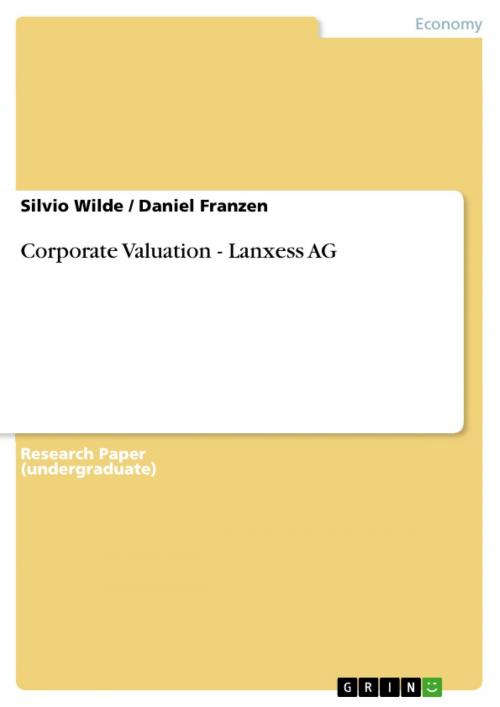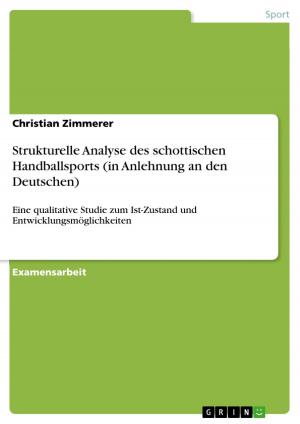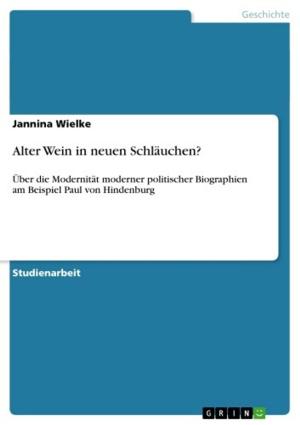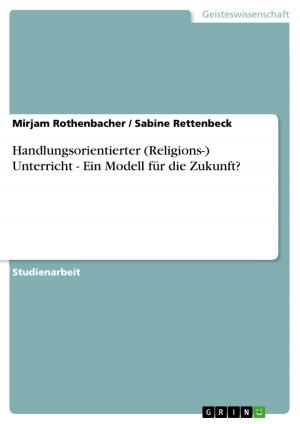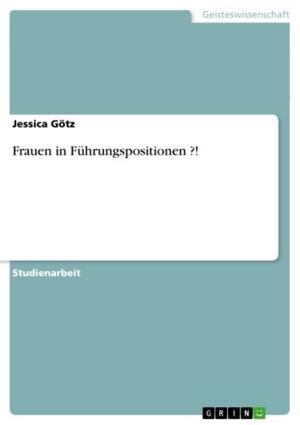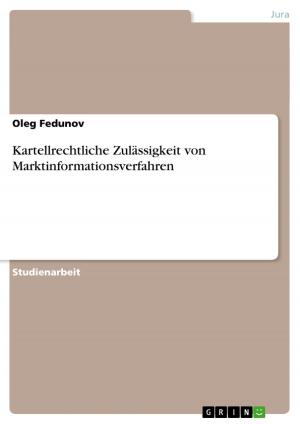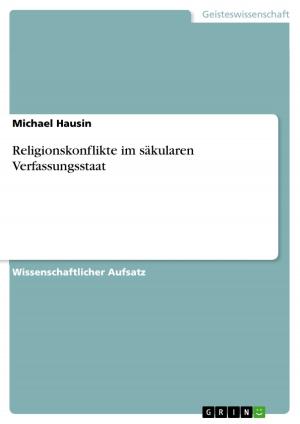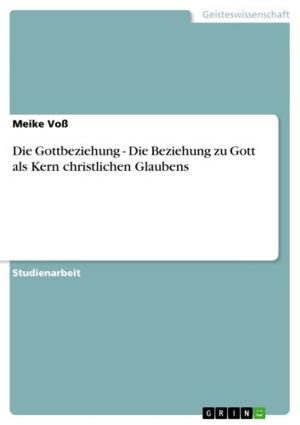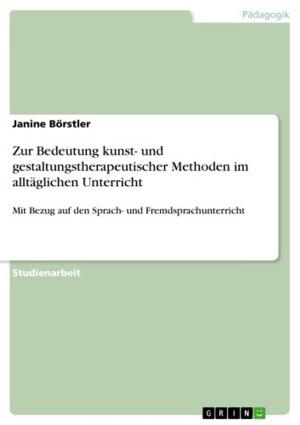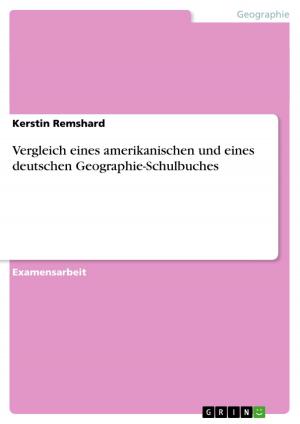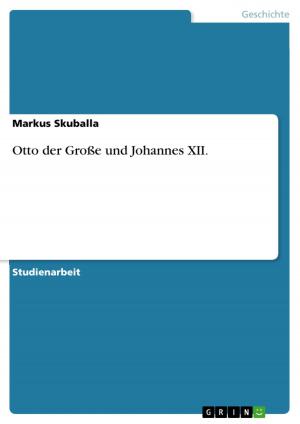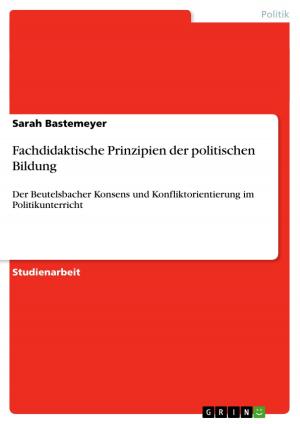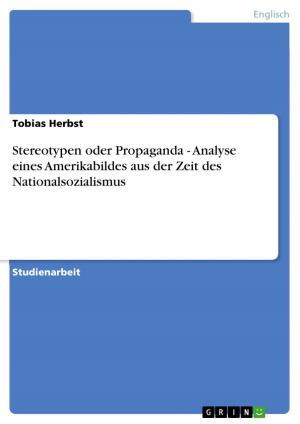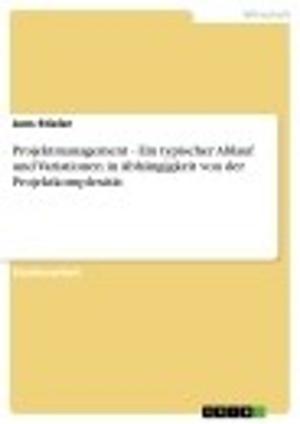| Author: | Silvio Wilde, Daniel Franzen | ISBN: | 9783656393290 |
| Publisher: | GRIN Verlag | Publication: | March 18, 2013 |
| Imprint: | GRIN Verlag | Language: | English |
| Author: | Silvio Wilde, Daniel Franzen |
| ISBN: | 9783656393290 |
| Publisher: | GRIN Verlag |
| Publication: | March 18, 2013 |
| Imprint: | GRIN Verlag |
| Language: | English |
Research Paper (undergraduate) from the year 2011 in the subject Business economics - Operations Research, grade: 1,3, University of applied sciences, Düsseldorf, course: Business economics - Investment and Finance, language: English, abstract: The main scope of this assignment is the valuation of the Lanxess AG a German based chemistry corporation, with about 14,400 employees and annual sales of about 5.05 billion EUR. The core activities of Lanxess AG are specialty chemicals, polymers and intermediates, including rubber chemicals, material protection products, ion exchange resins, inorganic pigments, semi-crystalline products and fine chemicals. The authors have described the two enterprise evaluation methods - the DCF-approach and the multiplier method - with its advantages and disadvantages in practical application. For the corporate evaluation of Lanxess AG, the authors based the calculation on those two most common global evaluation approaches. The DCF method estimates the value of a company by discounting expected cash flows in the future or determined period of time, similar to the value of an investment. For the assessment of the company value, the entity and equity DCF method with an assumed constant growth rate of 3 percent has been applied. For the validation of the calculated DCF corporate values the multiplier method was conducted as second evaluation method based on EBIT-, EBITDA-, Price-Cash Flow-, Price-Earnings, and revenue ratios. For the necessary peer-group, the authors selected six appropriate global competitors: Arkema, BASF, Clariant, DSM, Huntsman and Rhodia. The different evaluation methods lead to various enterprise values of Lanxess AG with a bandwidth of evaluated results between 1.50 billion EUR and the value of 17.98 billion EUR. The DCF-approach results in values from 3.81 billion EUR to 5.81 billion EUR. For the multiplier method there have been calculated enterprise values between 1.5 billion EUR and 17.98 billion EUR. The overall median enterprise value of 3.09 billion EUR compared to the market capitalization of Lanxess AG with 2.19 billion EUR nearly fits into the proposed evaluation strategy but appears undervalued. Each of the described and applied methods has its own validity because of the specific underlying assumptions. Therefore it is not surprising that there a range and difference in the calculated enterprise value for Lanxess AG. The team of this evaluation project for Lanxess AG is satisfied with the results by the given information and data quality. The results confirm that the potential investor should analyse Lanxess AG in detail with proposed various functional due diligences.
Research Paper (undergraduate) from the year 2011 in the subject Business economics - Operations Research, grade: 1,3, University of applied sciences, Düsseldorf, course: Business economics - Investment and Finance, language: English, abstract: The main scope of this assignment is the valuation of the Lanxess AG a German based chemistry corporation, with about 14,400 employees and annual sales of about 5.05 billion EUR. The core activities of Lanxess AG are specialty chemicals, polymers and intermediates, including rubber chemicals, material protection products, ion exchange resins, inorganic pigments, semi-crystalline products and fine chemicals. The authors have described the two enterprise evaluation methods - the DCF-approach and the multiplier method - with its advantages and disadvantages in practical application. For the corporate evaluation of Lanxess AG, the authors based the calculation on those two most common global evaluation approaches. The DCF method estimates the value of a company by discounting expected cash flows in the future or determined period of time, similar to the value of an investment. For the assessment of the company value, the entity and equity DCF method with an assumed constant growth rate of 3 percent has been applied. For the validation of the calculated DCF corporate values the multiplier method was conducted as second evaluation method based on EBIT-, EBITDA-, Price-Cash Flow-, Price-Earnings, and revenue ratios. For the necessary peer-group, the authors selected six appropriate global competitors: Arkema, BASF, Clariant, DSM, Huntsman and Rhodia. The different evaluation methods lead to various enterprise values of Lanxess AG with a bandwidth of evaluated results between 1.50 billion EUR and the value of 17.98 billion EUR. The DCF-approach results in values from 3.81 billion EUR to 5.81 billion EUR. For the multiplier method there have been calculated enterprise values between 1.5 billion EUR and 17.98 billion EUR. The overall median enterprise value of 3.09 billion EUR compared to the market capitalization of Lanxess AG with 2.19 billion EUR nearly fits into the proposed evaluation strategy but appears undervalued. Each of the described and applied methods has its own validity because of the specific underlying assumptions. Therefore it is not surprising that there a range and difference in the calculated enterprise value for Lanxess AG. The team of this evaluation project for Lanxess AG is satisfied with the results by the given information and data quality. The results confirm that the potential investor should analyse Lanxess AG in detail with proposed various functional due diligences.
